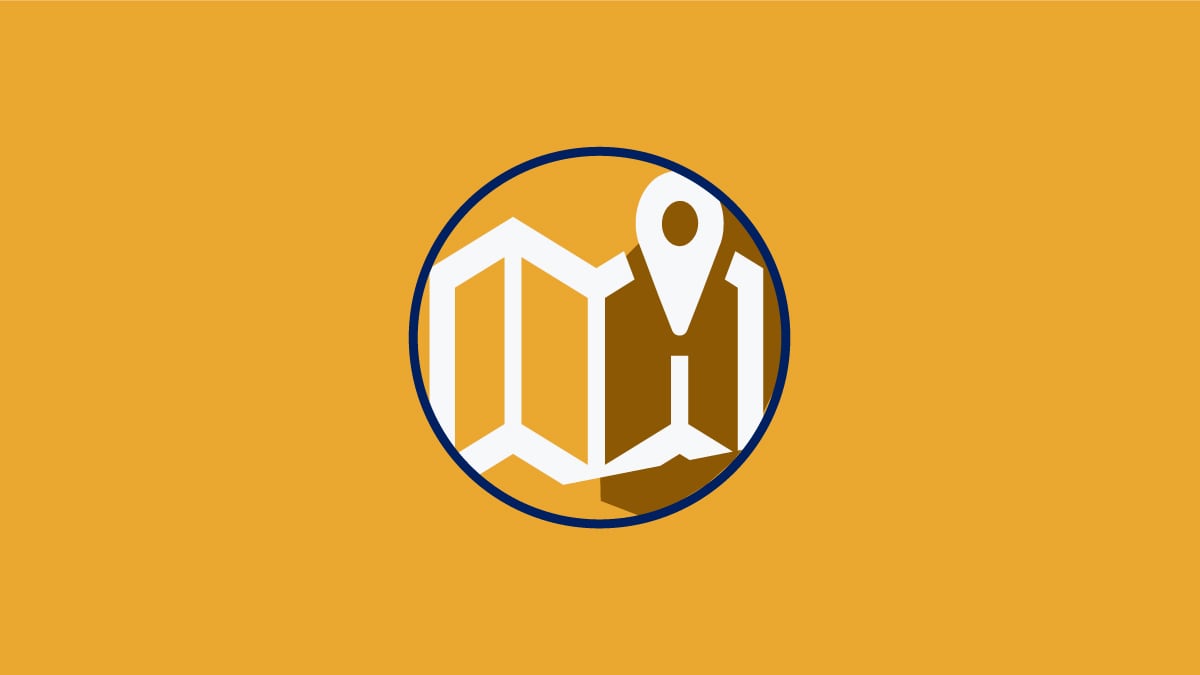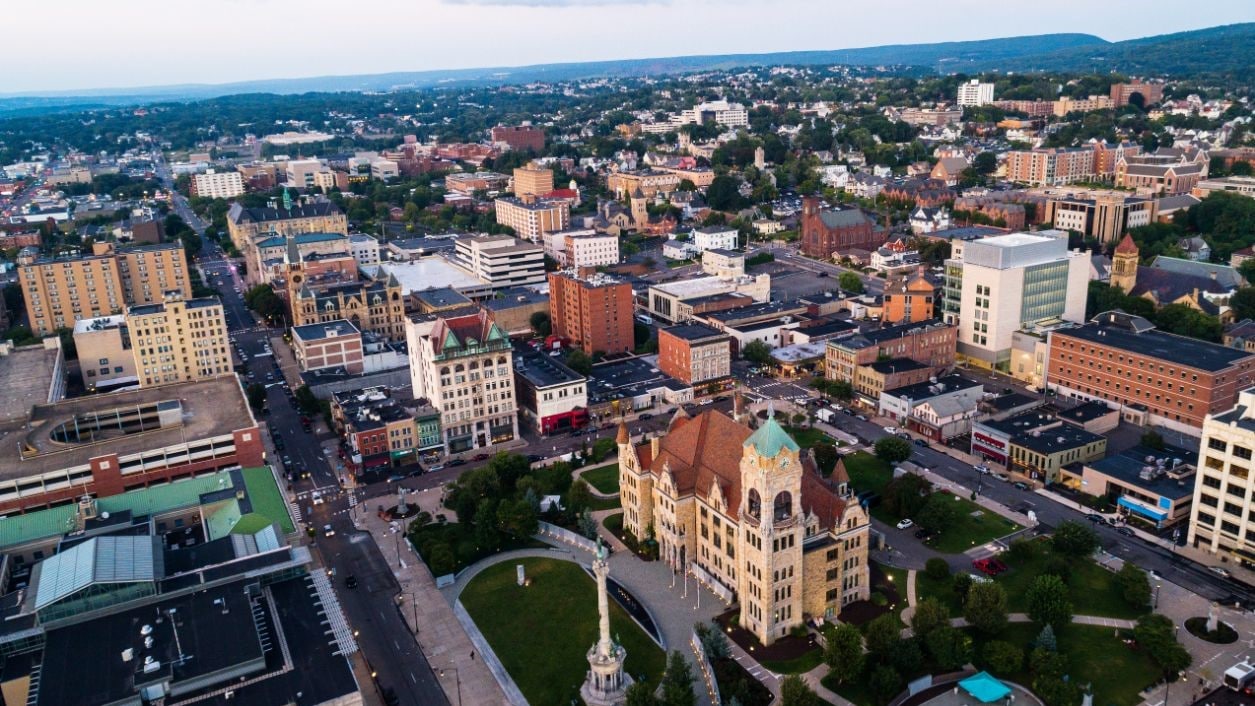What to know
As a land use planner, architect, urban designer, or real estate developer, you can help design communities to encourage physical activity. Your efforts can make it safer and easier for people to walk, bike, wheelchair roll, and use public transit to get to everyday destinations. You can also help communities promote equitable community investments that benefit all residents.

Overview
Most American communities have policies to guide how land will be developed or redeveloped. These policies include comprehensive or master plans and associated zoning laws. Local planners can help ensure that these plans include activity-friendly routes to everyday destinations for all residents.
Benefits include:
Less dependence on automobiles because homes, businesses, schools, churches, and parks will be closer to each other. People can more easily walk, bike, roll, or take public transit between these everyday destinations.
More opportunities for physical activity and social engagement as part of people's daily routine, which improves physical and mental health.
More communities that accommodate the changing lifestyles, needs, and physical capabilities of older adults, allowing them to age in place.
What you can do
You can use the following strategies to encourage physical activity in your community:
Design places that make it safer and easier for people to walk, bike, or wheelchair roll to everyday destinations and be physically active for recreation. For example, you can:
- Incorporate mixed land use development into your designs by combining residential, commercial, recreational, and educational land uses. This makes places where people live, work, shop, learn, worship, and play close to each other.
- Discourage sprawl, which is the expansion of low-density, auto-dependent development.
- Encourage higher residential density, where appropriate, to make it easier for people to use public transit or active transportation to get to everyday places.
- Shorten distances between homes, schools, worksites, businesses, parks, recreational facilities, and other common community destinations. Examples of common destinations are grocery stores, libraries, community centers, and places of worship.
- Support equitable transit-oriented development and easy connections to safe and efficient public transit systems.
Promote equitable policies and programs that make it safe and easy for all residents to be physically active.
Input from community members and experts or consultants can help you identify, test, and adopt equitable planning and land use approaches, development policies, and zoning regulations. You can also:
- Use urban design best practices to foster safe neighborhoods, streets, and outdoor spaces to prevent injuries and fatalities.
- Promote policies that ensure a variety of housing options near worksites, essential services, and public transit hubs for all residents.
- Identify and test equitable approaches to develop neighborhoods with higher chronic disease risks.
- Create partnerships, programs, and initiatives for community members to have an ongoing role in land use and zoning decisions.
Seek input from residents and educate them about the benefits of safe physical activity and places to be active. For example, you can:
- Use community walk audits to identify current land uses, housing options and opportunities for active transportation and recreational physical activity.
- Conduct walk audits during the day and at night.
- Include listening sessions, photo sharing, and community design events with residents of different ages, income levels, races, ethnicities, and abilities.
- Use audit results to identify future needs.
- Conduct walk audits during the day and at night.
- Use low-cost demonstrations—such as pop-up retail shops, mini parks, and seasonal event spaces—to get community feedback on innovative land use opportunities.

What others are doing
These land use planners are using effective strategies to increase physical activity in their communities.
Working Together in Hawaii
Planners in Kaua'i County worked with thousands of community members to address problems affecting quality of life. The result was an award-winning plan that reflects the needs and desires of community members of all ages and walks of life.
Making Parks More Equitable in Pennsylvania
After extensive community outreach and data collection, the Pittsburgh Parks Conservancy and the City of Pittsburgh developed a plan to improve the quality of all city parks. The plan sets priorities for maintenance, capital improvements, and recreation programming. Poverty, crime, and health data were included in the planning process.
Making Homes More Affordable in Minnesota
Minneapolis recently updated its comprehensive plan to allow duplexes and triplexes in areas formerly zoned exclusively for single-family dwellings. Allowing more homes in smaller areas, especially near everyday destinations, can help make it easier for people to use active transportation to get where they need to go.
Resources
Building Healthy Corridors
Provides guidance, strategies, and insights for transforming commercial corridors into places that support health for people who live, work, and travel along them.
Creating Walkable & Bikeable Communities (HUD)
Describes the range of options for creating bicycling and pedestrian facilities in a variety of communities. Provides tools, techniques, and samples to help strengthen the link between land use planning, street design, and active transportation.
